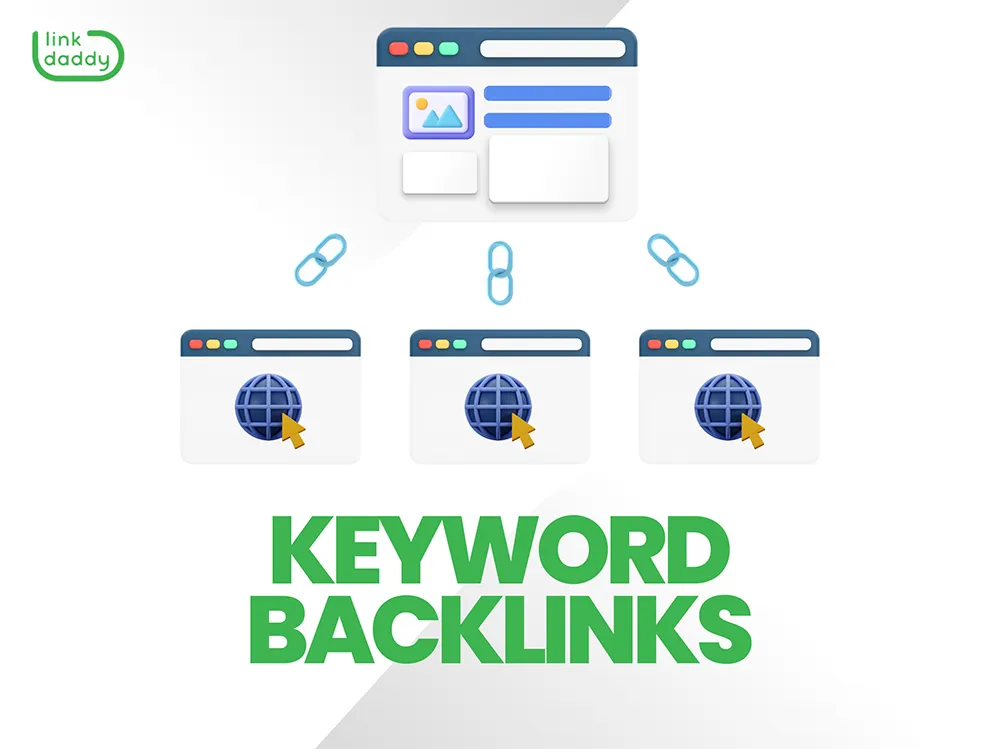Navigating the Cloud Providers Landscape: Tips and Finest Practices
In the swiftly evolving world of cloud services, businesses deal with a multitude of difficulties and options when it pertains to browsing the complicated landscape of cloud offerings. With a myriad of service models, varying security factors to consider, and expense optimization approaches to think about, the job of choosing the right cloud company can be discouraging. However, by recognizing vital ideal methods and tips for effective cloud fostering, companies can purposefully place themselves for enhanced efficiency, flexibility, and scalability in their operations.
Understanding Cloud Service Versions
Navigating the landscape of cloud solutions starts with a clear understanding of the numerous cloud service versions available in the market. Cloud computer uses 3 key solution designs: Framework as a Service (IaaS), System as a Service (PaaS), and Software as a Solution (SaaS) Each version gives different levels of abstraction and management duties for individuals.

System as a Service (PaaS) supplies a platform allowing consumers to establish, run, and handle applications without the complexity of structure and preserving the framework. PaaS offerings consist of advancement devices, data source monitoring systems, and company analytics services.
Software as a Solution (SaaS) delivers software program applications over the net on a subscription basis. Users can access these applications with an internet internet browser, getting rid of the demand for installation and upkeep. Popular SaaS applications consist of consumer relationship management (CRM), email services, and office productivity tools. Comprehending these cloud service versions is important for picking the best fit for your company's needs and goals.
Evaluating Safety Considerations
Safety and security factors to consider play an essential duty in the evaluation of cloud services to ensure data security and personal privacy. When examining cloud service companies, it is crucial to prioritize protection features and protocols. One key element to examine is the copyright's compliance accreditations, such as ISO 27001 or SOC 2, which show adherence to market ideal techniques for protection. Additionally, examining the supplier's information security techniques, both en route and at rest, is necessary to guard sensitive details from unapproved accessibility.
Moreover, examining the service provider's physical safety measures at information centers, consisting of accessibility controls and security, assists reduce possible dangers. Implementing multi-factor authentication and solid password plans adds an additional layer of defense versus cyber risks - Cloud Services. Regular security audits and infiltration testing can additionally identify vulnerabilities and guarantee continual improvement of protection measures
Expense Optimization Methods
Along with focusing on security attributes and protocols when evaluating cloud provider, it is vital to apply price optimization approaches to maximize functional performance and monetary sources. One effective price optimization approach is to frequently assess and readjust your cloud use based on actual demands. This entails surveillance resource use, recognizing underutilized circumstances, and scaling resources up or down accordingly. Utilizing reserved instances or place instances, where applicable, can likewise lead to substantial expense financial savings. An additional technique is to take advantage of serverless computing solutions that charge based on real usage as opposed to pre-allocated capacity. Moreover, carrying out automated organizing for non-production instances to shut down during off-peak hours can help in reducing costs. Additionally, taking into consideration multi-cloud or hybrid cloud strategies can provide price advantages by using the staminas of different providers for various work. By proactively executing these expense optimization techniques, companies can streamline their cloud expenses while preserving ideal efficiency and scalability.
Picking the Right Service Service Provider
When selecting a cloud company, organizations have to very carefully examine key factors to make sure optimal performance and cost-effectiveness. One vital aspect to take into consideration is the provider's integrity and uptime assurance. Downtime can cause substantial disruptions to operations, leading to possible profits loss. It is necessary to pick a copyright with a tested performance history of high more information schedule and durable disaster healing steps.
An additional vital factor to consider is information safety and security. Businesses need to focus on the security and confidentiality of their information when picking a service copyright. Search for carriers that use solid file encryption, normal safety audits, and compliance accreditations to ensure information security.
Scalability is also an important element to assess. As business needs advance, the cloud company need to provide adaptable scalability options to accommodate development or fluctuations sought after effectively. This guarantees that businesses can easily adjust their sources without incurring unnecessary expenses.

Carrying Out Cloud Migration Plans
To efficiently transition to shadow services, organizations need to meticulously plan and perform their cloud migration plans. The procedure of implementing cloud movement prepares entails a number of vital steps that organizations need to follow for a seamless shift. linkdaddy cloud services press release. First of all, businesses must carry out an extensive analysis of their existing IT framework, applications, and information to establish which components appropriate for migration to the cloud. Discover More Here This assessment assists in recognizing potential challenges and threats that might develop throughout the migration process.
After the evaluation stage, organizations require to create a detailed movement approach that outlines the timeline, resource allocation, and essential milestones for the migration project. It is vital to include crucial stakeholders from various divisions to make sure positioning with service purposes and decrease disturbances throughout the movement process.
Additionally, organizations ought to consider factors such as data safety and security, compliance requirements, and scalability when selecting cloud service companies and why not find out more migration devices. Normal communication, testing, and monitoring are additionally important to resolve any type of problems promptly and ensure an effective movement to the cloud. By complying with these best techniques, businesses can properly apply their cloud migration plans and open the benefits of cloud solutions.
Final Thought

With a myriad of solution models, varying protection factors to consider, and cost optimization methods to consider, the job of picking the best cloud service copyright can be daunting.Navigating the landscape of cloud services begins with a clear understanding of the different cloud solution versions available in the market. Cloud computing uses 3 key service models: Facilities as a Solution (IaaS), System as a Solution (PaaS), and Software as a Service (SaaS)To successfully shift to cloud services, services have to meticulously strategize and perform their cloud movement strategies (universal cloud Service). By following these finest methods, services can successfully execute their cloud movement plans and unlock the benefits of cloud services
Comments on “Universal Cloud Service Explained: Solutions for Global Enterprises”